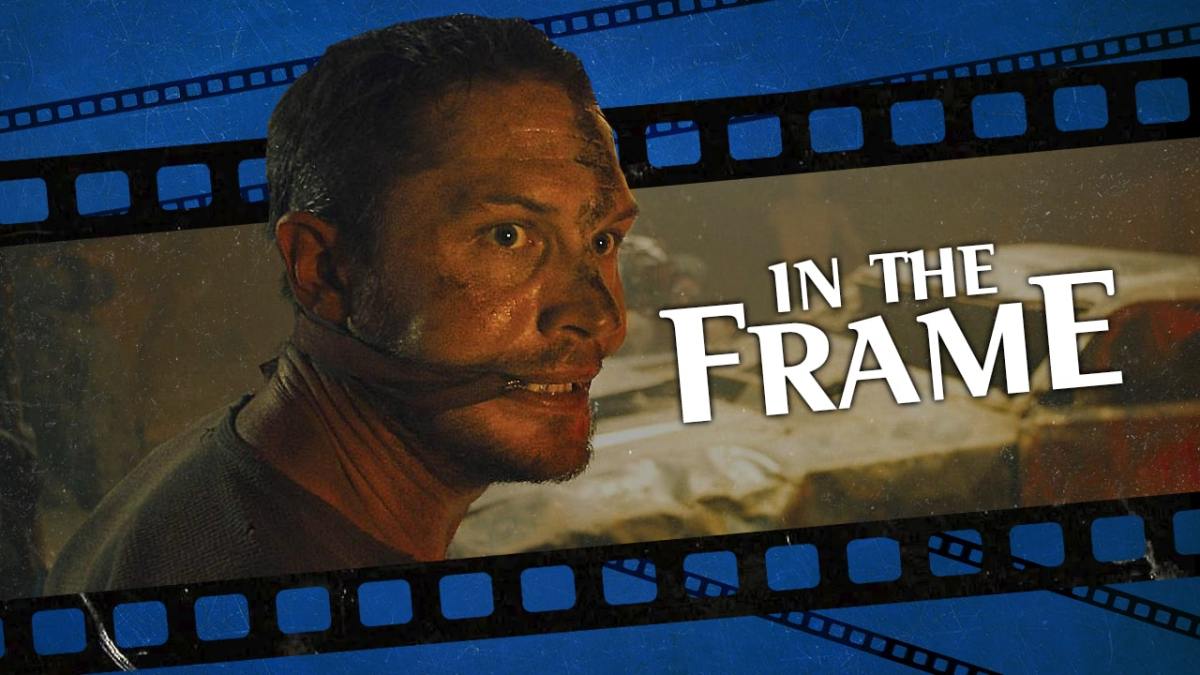Understandably, apocalyptic fiction lingers in the imagination at the moment.
Steven Soderbergh’s Contagion was a modest hit on release in 2011, earning $137M worldwide on a budget of $60M. However, the starry ensemble thriller disappeared quickly from the zeitgeist. Now, it is back with a vengeance. Last week, it was the second most popular rental on iTunes. Journalists have been interviewing writer Scott Z. Burns, looking for insight on the current crisis.
It isn’t alone. This week, Outbreak entered Netflix’s top 10. At moments of crisis, it makes sense that people would be drawn to apocalyptic fiction. The past week has seen a lot of meditation on these themes – the internet has been flooded with recommendations for movies and television shows about deadly viruses, about the end of the world, about the destruction of mankind.
In this context, it makes sense that some attention should turn to Mad Max: Fury Road. Working with co-writers Brendan McCarthy and Nico Lathouris, director George Miller crafted the most compelling cinematic apocalypse of the past decade. It’s both no surprise and entirely deserved that Fury Road popped up regularly on the best-of-the-decade lists that closed last year.
As with the other Mad Max films, the nature of the apocalypse in Fury Road is environmental. The film opens with snippets of news that offer a snapshot of a world in decline and collapse. The villainous Immortan Joe (Hugh Keays-Byrne) holds his subjects hostage with the promise of water. “Who killed the world?” asks graffiti early in the film, literally hanging over the film as an accusation.
However, like the best apocalyptic fiction, Fury Road understands that the apocalypse is a deeply personal experience. “As the world fell, each of us in our own way was broken,” explains Max Rockatansky (Tom Hardy) in the opening sequence. The film makes it very clear that Max himself has been broken, haunted by the ghost of his own failure.
Fury Road is an efficient narrative machine. It remains ambiguous on the precise nature of Max’s failures. Instead, the film offers quick flashes of trauma. Max imagines a small child being crushed beneath the wheels of a truck. Fleeing through Immortan Joe’s desert fortress, Max is confronted by specters credited as “the Accusing Dead.” They demand, “You let us die! You promised to help us.”
Fury Road is famously built as a gigantic and propulsive chase sequence. Indeed, the film garnered a lot of praise for its emphasis on spectacular in-camera practical effects using real stunt people and real vehicles. The film is light on dialogue and heavy on action. (Director George Miller explained, “There’s no time for recreational talk.”)
However, even with a minimum of dialogue, Fury Road expresses itself very clearly. The first half of the movie is a story about escape, about characters trying to flee a broken world. “I am the one who runs from both the living and the dead,” Max explains early in the film. He arguably starts running and never stops for fear that his guilt and shame might catch up with him.
Similarly, the plot of Fury Road is driven by Imperator Furiosa (Charlize Theron), who uses the pretense of a supply run to mount an escape for Immortan Joe’s five captive wives (Rosie Huntington-Whiteley, Riley Keough, Zoë Kravitz, Abbey Lee and Courtney Eaton). Furiosa plans to steal these women away from Joe and shepherd them to the idyllic “Green Place.”

The first half of Fury Road offers a comforting fantasy, suggesting that it is possible to outrun all of the problems and horrors of the world, to carve out a space outside the mainstream separate from the chaos and the violence. It also suggests an argument for disengagement, with Furiosa hoping she can escape Joe and Max hoping that he can stay ahead of his own demons.
However, the real beauty of Fury Road, and what distinguishes it as one of the best pieces of apocalyptic fiction, lies in the film’s central twist. After leading her charges through the desert wasteland, Furiosa discovers that “the Green Place” is long lost. It has been destroyed, its waters poisoned and its soil tainted, its inhabitants reduced to bandits preying on lost travelers.
There is no paradise. There is no escape. Furiosa’s moment of epiphany, walking out on to the dunes and falling to her knees before unleashing a scream of despair and anguish, is one of the most striking cinematic images of the decade. This is the moment that threatens to break Furiosa. Even then, her first impulse is to continue running, leading a desperate expedition across the salt flats.
It is at this point that Max has his own epiphany. Max realizes that Furiosa cannot continue running forever. “You know, hope is a mistake,” Max warns her. “If you can’t fix what’s broken, you’ll go insane.” At a certain point, there is nothing to do but turn around and face the demons chasing them. Instead of running from Immortan Joe, Max and Furiosa decide to charge right at him.
In this sense, Fury Road reveals that the question of “Who killed the world?” is a red herring. It does not matter who broke everything. Instead, it only really matters who is going to fix it. Despite its grim setting and its brutal aesthetic, Fury Road is a fundamentally optimistic and humanistic piece of world. It firmly rejects the idea of retreat from a broken world. Instead, it advocates fixing it.

This is perhaps most obvious in its treatment of Nux (Nicholas Hoult). Nux is one of Immortan Joe’s “war boys.” He is a true believer, a zealot who has bought completely into Joe’s propaganda and worldview without any critical thought. He is part of the expedition that is sent to retrieve Joe’s lost wives and dreams only of a glorious death in service of his master.
Fury Road builds Nux’s character arc around the idea of redemption. Even amid all the destruction, and even despite the threat that he poses to the protagonists, Nux is worth saving. Nux starts the movie having bought into a toxic ideology that justifies truly terrible things, but through compassion and empathy he finds a way to recover himself.
Nux sacrifices his life for the greater good, to help the women he earlier tried to re-enslave. It is an interesting and timely theme, particularly given modern cinema’s preoccupation with the redemption of radicalized young men in films like JoJo Rabbit or The Rise of Skywalker. Almost half a decade earlier, Fury Road was handling these themes with more grace and skill.
Fury Road begins as a story of retreat, but it ends as a story of redemption. It opens as the tale of a broken world, but it dares to suggest that the world can be fixed. Nux and Max redeem their own past failures by helping Furiosa liberate those people oppressed by Joe, by sharing the water that he has stockpiled from the masses.
Mad Max: Fury Road finds hope in the end of the world, for those willing to face it head on.





